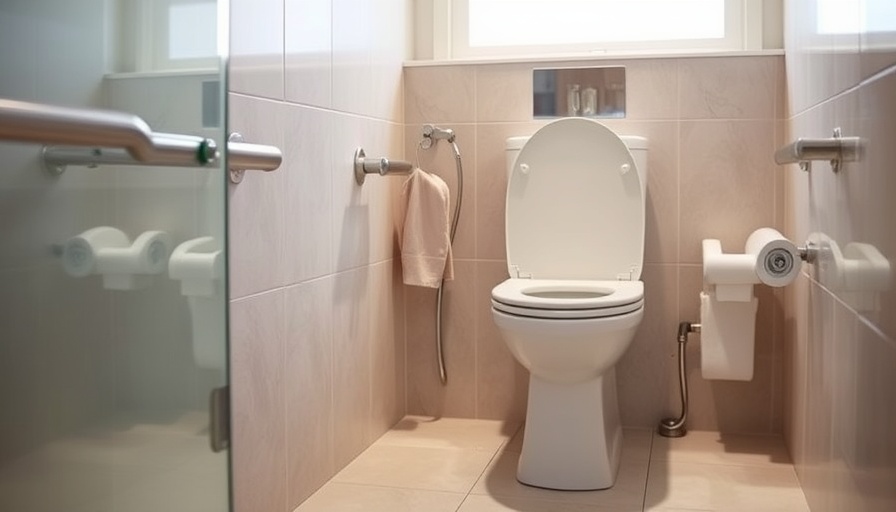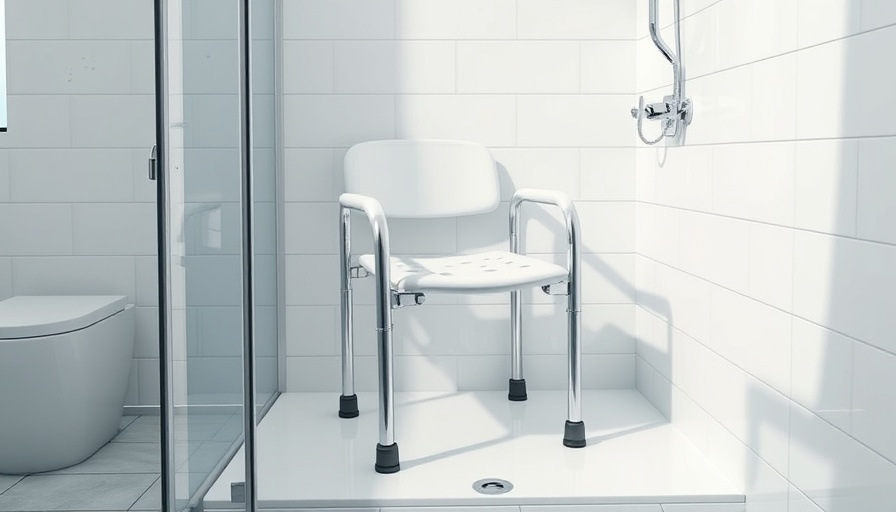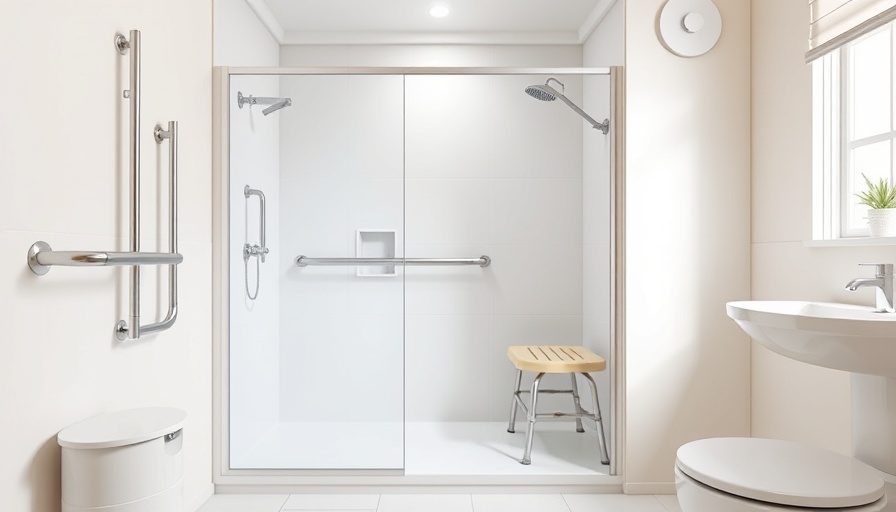
Why Bathroom Accessibility Matters for Seniors
With our world aging at an accelerated pace, it has become increasingly evident that bathroom accessibility plays a crucial role in enhancing the quality of life for seniors. Over 50 million Americans are aged 65 and older, and many of them live alone. Ensuring that their homes are equipped for easy navigation, especially in the bathroom, can deeply impact their independence and confidence in daily tasks. Many seniors face physical challenges such as a loss of balance and decreased strength, which makes using a standard toilet difficult and even dangerous.
Understanding the unique challenges faced by seniors is essential. Typically, falls in the bathroom account for approximately 80% of senior bathroom injuries. These incidents can lead to severe injuries and even hospitalization. By focusing on making bathrooms senior-friendly, we can significantly decrease such risks and enhance their overall well-being.
Height Matters: Choosing the Right Toilet for Comfort
Toilet height is one of the pivotal considerations in adapting bathrooms for seniors. Standard toilets can pose challenges for individuals with knee or joint pain. Upgrading to a comfort-height toilet, which stands around 17 to 19 inches off the ground, can ease the process of both sitting down and standing up. Moreover, if a senior uses a mobility aid, the added height can simplify transitions between the toilet and the aid, whether it’s a walker or a wheelchair.
Additionally, consider toilets with an elongated bowl design. These not only offer comfort but also simplify the transfer process, providing support for those who may need assistance transitioning to and from their mobility devices.
Install Support: Grab Bars and Safety Frames
Incorporating grab bars in even the smallest of bathrooms can substantially increase safety. These should be securely installed near the toilet and throughout the bathroom, where seniors may need support. Grab bars that are about 32 inches long and capable of sustaining a good amount of weight can greatly assist in reducing slips and falls.
Toilet safety frames further improve accessibility, allowing seniors to stabilize themselves while sitting and standing. These frames often feature adjustable heights to fit various needs and sometimes come with armrests, making transfers even more manageable. This addition can empower seniors to feel safer and more autonomous in their routines.
Embracing New Hygiene Solutions: Bidets and Beyond
As senior needs evolve, so do the solutions. Many seniors might struggle with traditional toilet paper, making it challenging to maintain hygiene. Bidet attachments are emerging as user-friendly alternatives that enhance cleanliness without requiring extensive movement. Available models often include features like adjustable water temperature and heated seats, offering both comfort and convenience.
Importantly, these modern adaptations can restore dignity to a sensitive area of personal care, significantly reducing the anxiety related to bathroom tasks. This ultimately supports a senior's emotional welfare, making them feel more in control of their hygiene needs.
Future Trends in Bathroom Adaptability
As technology continues to advance, the future of bathroom safety for seniors holds exciting prospects. Smart technology integrated into toilets and bathrooms—such as automatic seat lifts or built-in assistive devices—could revolutionize how seniors manage their bathroom experience. These innovations not only enhance usability but also promote independence, allowing seniors to maintain their dignity while managing their health more effectively.
Looking ahead, greater awareness and engagement in bathroom safety modifications can lead to widespread changes in home design, ensuring that aging-in-place becomes a feasible reality for more individuals.
In Summary: Empowering Seniors Through Smart Modifications
Adapting a bathroom for senior-friendly use is not merely a convenience; it is a vital step towards ensuring safety, independence, and dignity for older adults. With thoughtful adjustments, caregivers can significantly enhance the comfort and usability of these essential spaces. Every small change can lead to improved quality of life—empowering seniors to navigate their daily routines with confidence.
As families and caregivers consider modifications for loved ones, think about engaging with professionals who specialize in aging-in-place solutions. A well-designed bathroom adaption creates an environment that respects seniors' needs while supporting their desire for autonomy.
 Add Row
Add Row  Add
Add 




 Add Row
Add Row  Add
Add 

Write A Comment